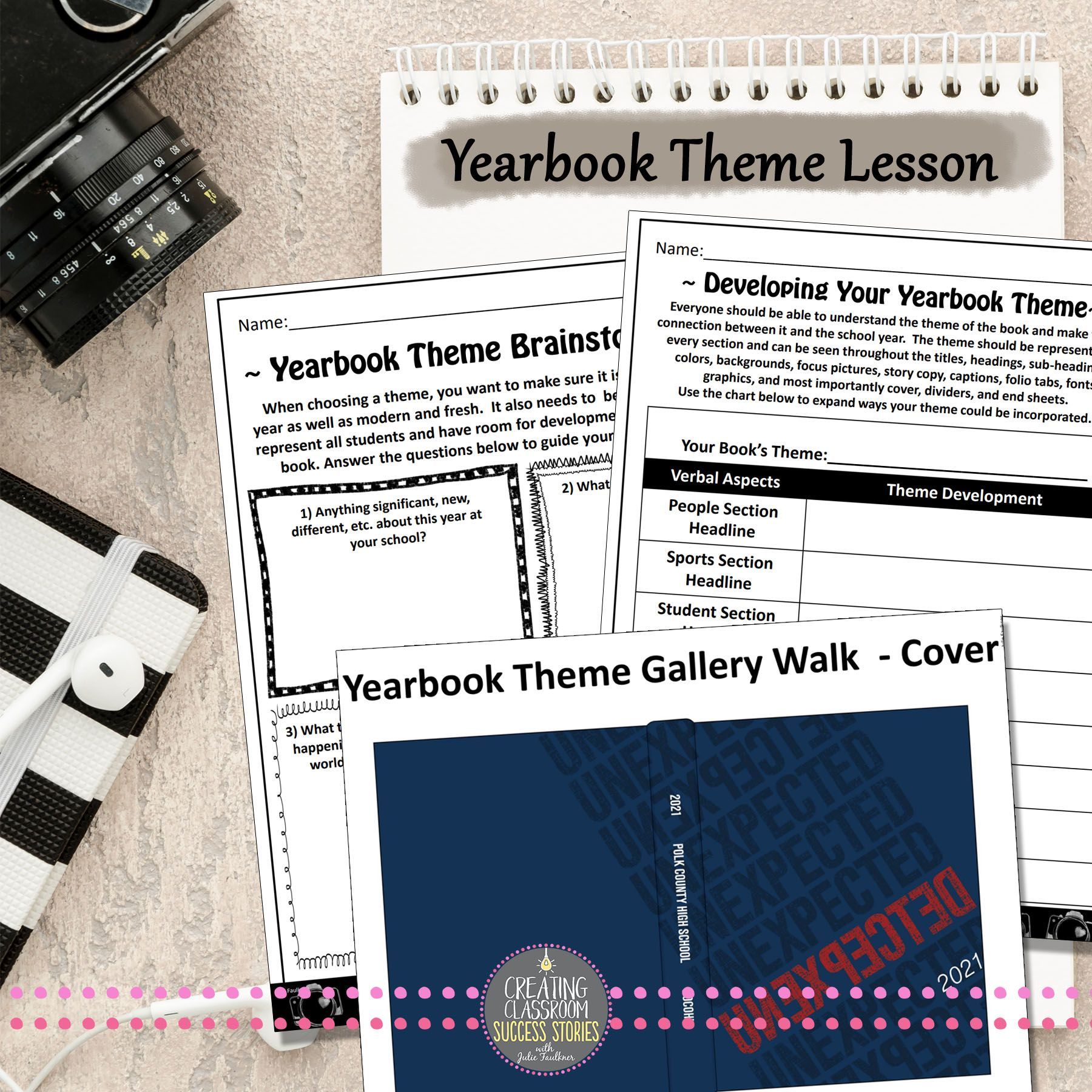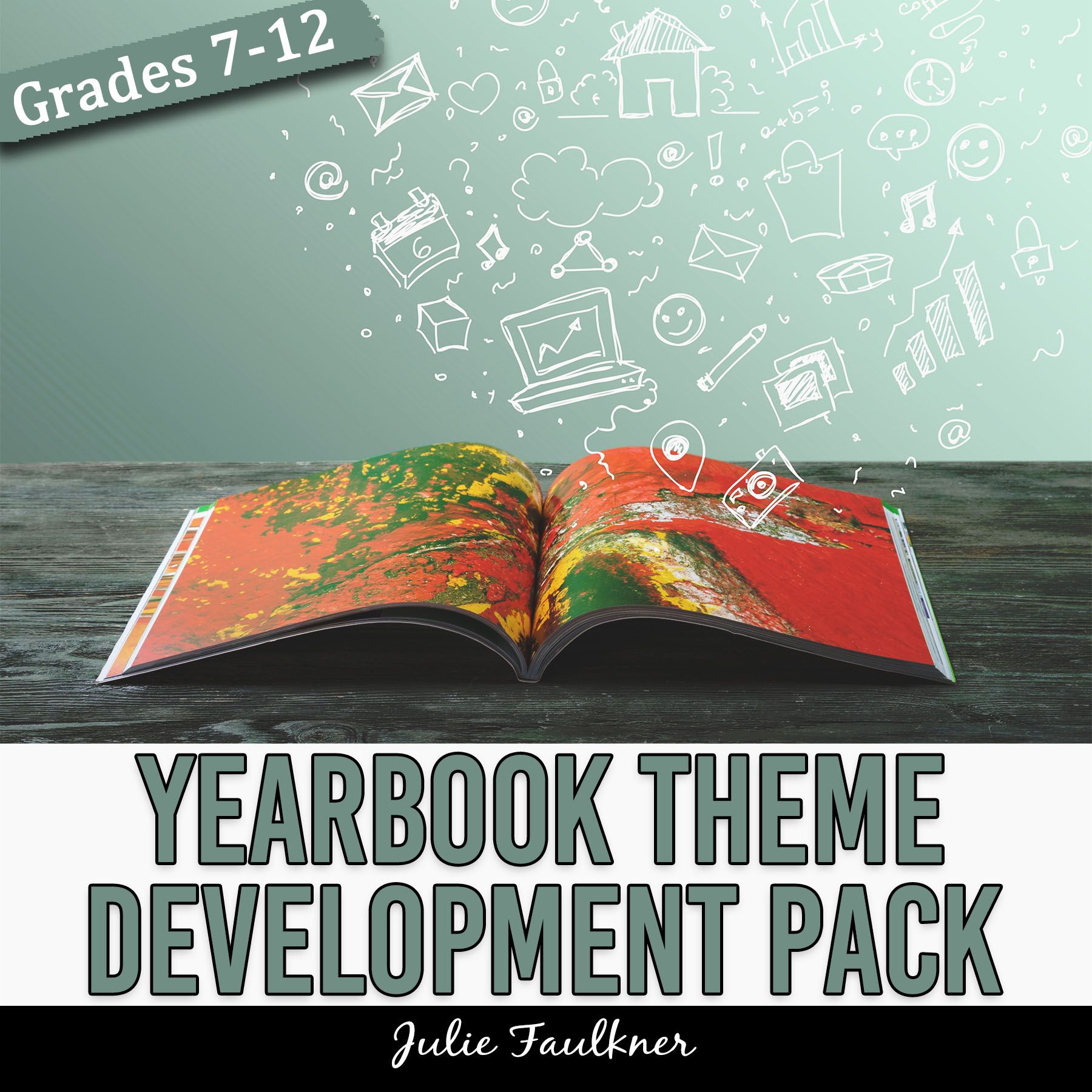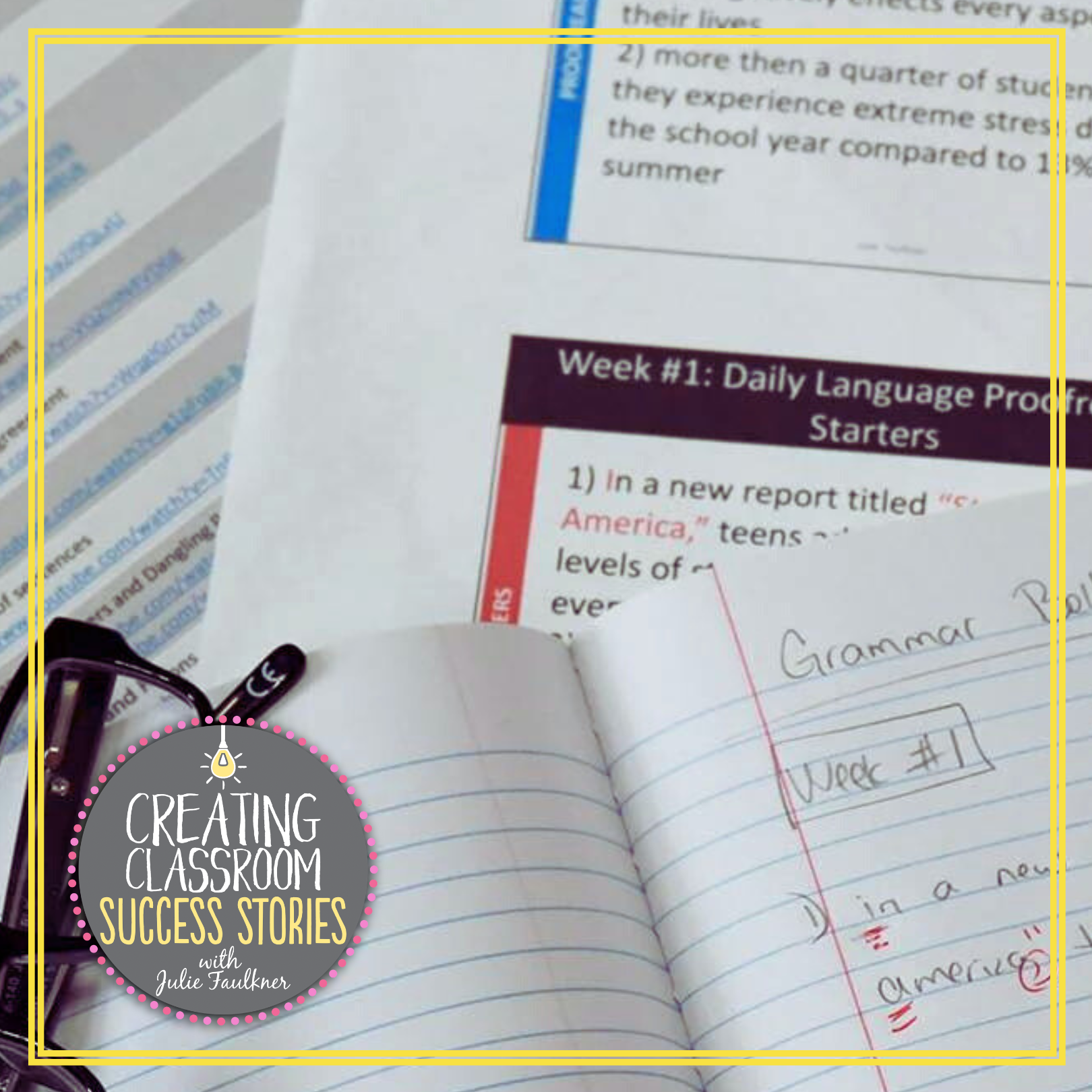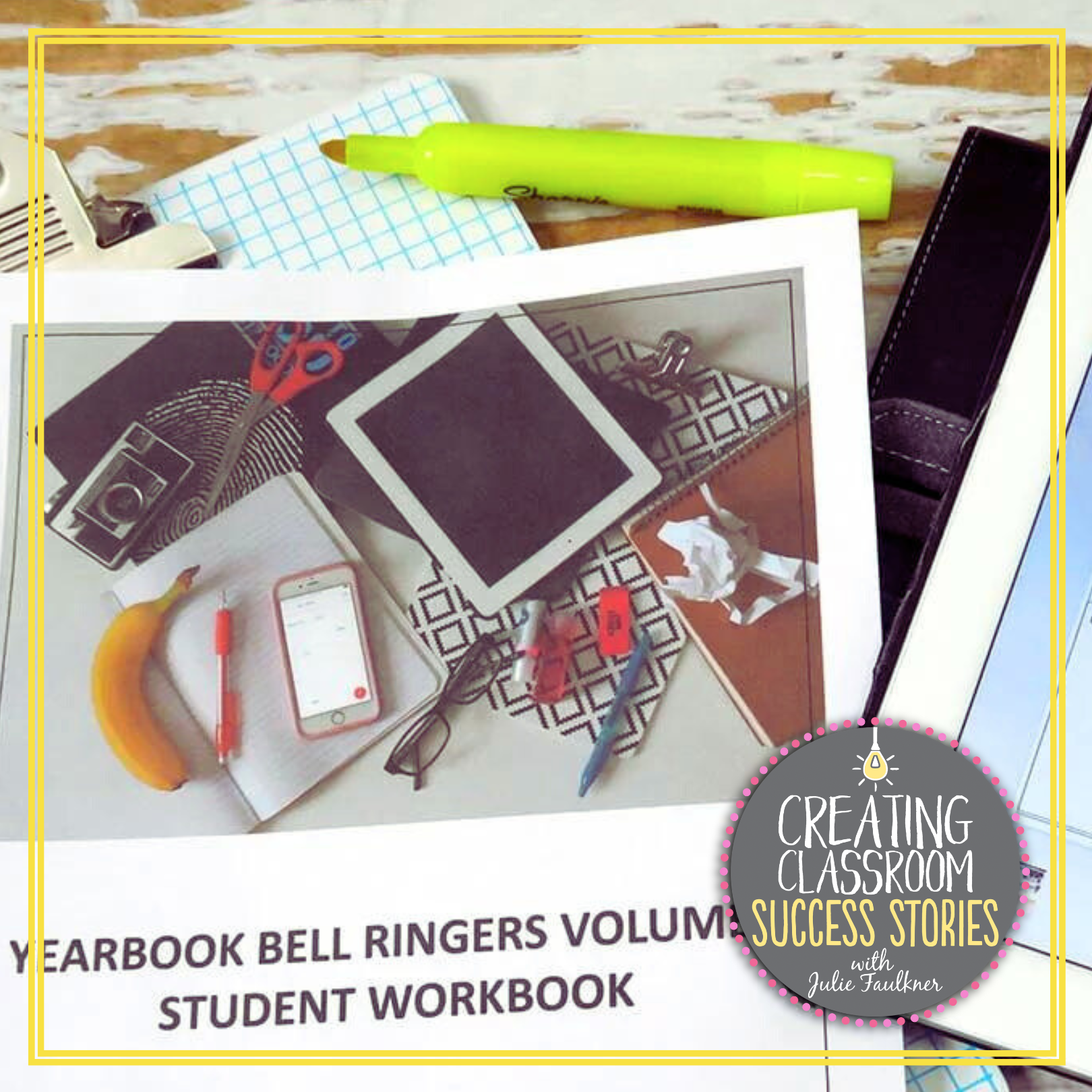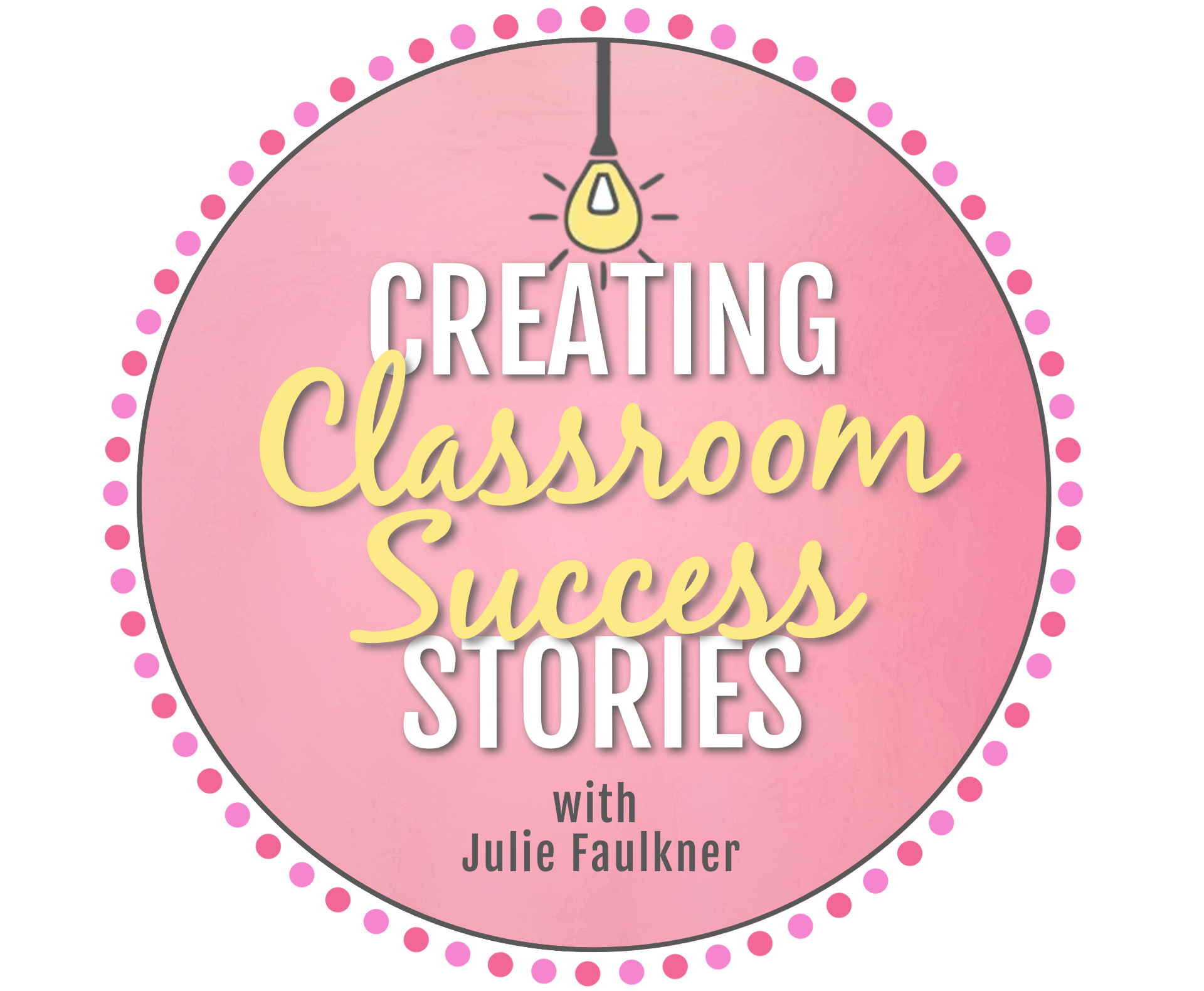Yearbook Theme Ideas & Development: How to Choose and Build a Meaningful Theme That Tells Your School’s Story
Choosing the right yearbook theme is one of the most important—and sometimes overwhelming—tasks of the year. A theme is more than a catchy phrase or clever design; it’s the meaning of your yearbook, the lens through which your school’s story is told. As an English teacher and yearbook adviser, I often explain to students that theme is the meaning of a text. In the same way, your yearbook theme gives meaning to the photos, stories, and memories captured throughout the year. The right theme not only reflects your school’s personality but also connects your student body, staff, and community to the book in a lasting way.
Below, I’m breaking down five practical steps for yearbook theme ideas and development, plus the common pitfalls to avoid along the way.
1. Start With the “Why”
Before your staff jumps into brainstorming slogans or designs, pause and consider the purpose of your theme. A theme should capture the meaning of the year. Ask yourself:
- What story do we want this yearbook to tell?
- What message or feeling do we want readers to walk away with?
- How does this year’s book reflect our school’s personality and identity?
Remember: Your theme serves as the title of the yearbook, so it should encapsulate the year’s energy, spirit, and unique story. See my Yearbook Theme Development Teaching Pack for easy-to-use tools to get you going.
2. Generate Yearbook Theme Ideas With Guiding Questions
A blank page can feel intimidating—so give your staff some prompts to spark creativity. Consider these questions:
- What words describe our school and student body?
- What challenges have we faced and what triumphs have we celebrated?
- Is there anything special about this year—anniversaries, milestones, or cultural events?
- What makes our community unique?
- What does our mascot say about us?
These conversations will help you narrow down your options and avoid themes that feel generic. For example, in 2020, we went with an "eye" theme, and it turned out to be one of my favorite covers and themes of all time - despite the worldwide pandemic that tried to shut us down! Just remember—you need at least some direction to get started, or brainstorming can spiral out of control.

3. Develop the Theme Through Words, Concepts, and Design
Once you’ve chosen a direction, bring the theme to life in every part of the book. Think beyond the cover:
- Words: Headlines, divider pages, page titles, kickers, idioms, and puns.
- Concepts: Sidebar stories, interviews, photo projects, special pages, and fun extras like superlatives.
- Design: Shapes, graphics, and layout choices that visually reinforce the theme. For example, a theme like Rise Up could use triangular, mountain-inspired design elements. Likewise, the theme "Heartbeat of a Wildcat" will also lend itself to graphic elements like triangles and lines. A "Stand Out" theme allows for trendy cut-out images as well as thick and thin outlines around words and images. An "identity" driven theme works well to give close-up features of students exhibiting their talents. Read more on coverage at this blog post.
A strong theme should echo across every element of the book so it feels unified and intentional. Bonus: Section dividers are an excellent place to get creative and really reinforce and echo your cover! In the 2017 book shown below, our program won an award from Jostens for best spread and photograph for the guitar layout!

4. Promote and Tease the Theme All Year
Your theme isn’t just for the book itself—it’s also a marketing and community-building tool. Hint at the theme in your communications before the official reveal. Try:
- Using theme-inspired taglines on posters and sales flyers.
- Adding interview questions tied to your theme.
- Designing staff shirts or spirit wear that tease the concept.
- Make reels or videos using popular trends to grab the student body's attention.
These subtle promos build excitement and anticipation while keeping the theme alive all year long. You can even connect your theme to sales events to build suspense and excitement.

5. Avoid Common Yearbook Theme Pitfalls
Even great ideas can fall apart if you’re not careful. Watch out for these common mistakes:
- Not exploring enough options. Once you’ve narrowed down choices, brainstorm deeply on at least two or three before deciding.
- Letting only a few voices decide. The process should feel collaborative, with input from your staff and adviser guidance. If needed, form a committee to finalize.
- Picking something too narrow or cliché. Themes that isolate one group, rely on tired references (The Great Gatsby, Family Album), or sound like Pinterest quotes won’t hold up.
- Forgetting about design. A theme might sound great in words but fall flat visually. Always test how it will look across spreads.
- Not considering your budget! You might come up with some really great ideas to embellish the cover and highlight your theme, but if you don't keep the bottom line in mind first, you might end up disappointed. Set a budget of what you can spend extra (if any) per cover before you start planning, and let your publisher know (or be part of the planning conversation).
In Conclusion
Choosing and developing a yearbook theme takes time and intentional planning—but the payoff is worth it. A strong theme ties together every story, photo, and design choice, making the book more than just a collection of pages. It becomes a meaningful reflection of your school’s unique year. By starting with the “why,” asking the right questions, developing it across words and design, promoting it throughout the year, and avoiding common pitfalls, your staff can create a yearbook theme that truly tells your school’s story.
Watch a summary of this blog post on Youtube and Instagram.
Grab my Yearbook Theme Development Teaching Pack to get started today!







